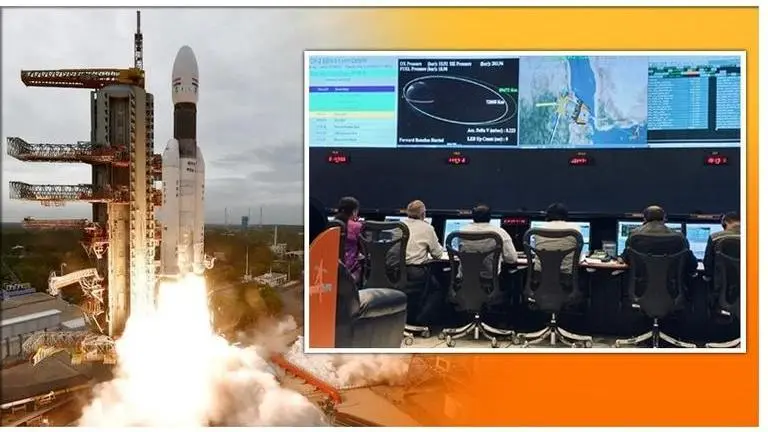Updated 2 August 2019 at 17:42 IST
Fourth Earth bound orbit-raising maneuver for Chandrayaan 2 successful, one to go
The Indian Space Research Organization on Friday announced that fourth earthbound orbit-raising maneuver for the Chandrayaan-2 was performed.
- India News
- 0 min read

The Indian Space Research Organization on Friday announced that fourth earthbound orbit-raising maneuver for the Chandrayaan-2 was performed.
Taking to social media, ISRO announced that the orbit-raising maneuver step was successful and went as per the planned procedure. Here's ISRO's tweet:
ISRO tweeted out pictures of scientists monitoring the situation from the control center at ISTRAC, Bengaluru. With the success of the fourth orbit-raising maneuver, the last earthbound maneuver is scheduled for August 6.
Advertisement
Earlier, on July 29, ISRO announced that spacecraft parameters of India's second moon mission Chandrayaan-2 aimed at landing a rover on the unchartered Lunar South Pole are normal. In a giant leap for the country's ambitious low-cost space program, ISRO's most powerful three-stage rocket GSLV-MkIII-M1 had launched the spacecraft into the Earth's orbit on July 22 from the spaceport in Andhra Pradesh's Sriharikota. The agency has planned a total of 15 orbit raising maneuvers before the 3,850 kg three-module Chandrayaan-2 comprising an orbiter, lander and rover are brought around the Moon, which is at a distance of nearly four lakh kms from the Earth.
The first and second earthbound orbit raising maneuvers were carried out successfully on July 24 and 26 respectively. On entering the Moon's sphere of influence, the onboard propulsion system of Chandrayaan-2 will be fired to slow down the spacecraft, which will enable it to be captured into a preliminary orbit around the Moon, ISRO had said. Later, through a set of maneuvers, the orbit of Chandrayaan-2 around the moon will be circularised at 100 km height from the lunar surface, it said. Subsequently, the lander will separate from the orbiter and enter into a 100 km X 30 km orbit around the Moon, and then, it will perform a series of "complex braking" maneuvers to soft-land in the South polar region of the Moon on September 7.
Advertisement
Following landing, the rover will roll out from the lander and carry out experiments on the lunar surface for a period of one lunar day, which is equal to 14 Earth days. The mission life of the lander is also one lunar day. The orbiter will continue its mission for a duration of one year.
(With PTI Inputs)
Published By : Digital Desk
Published On: 2 August 2019 at 16:21 IST
